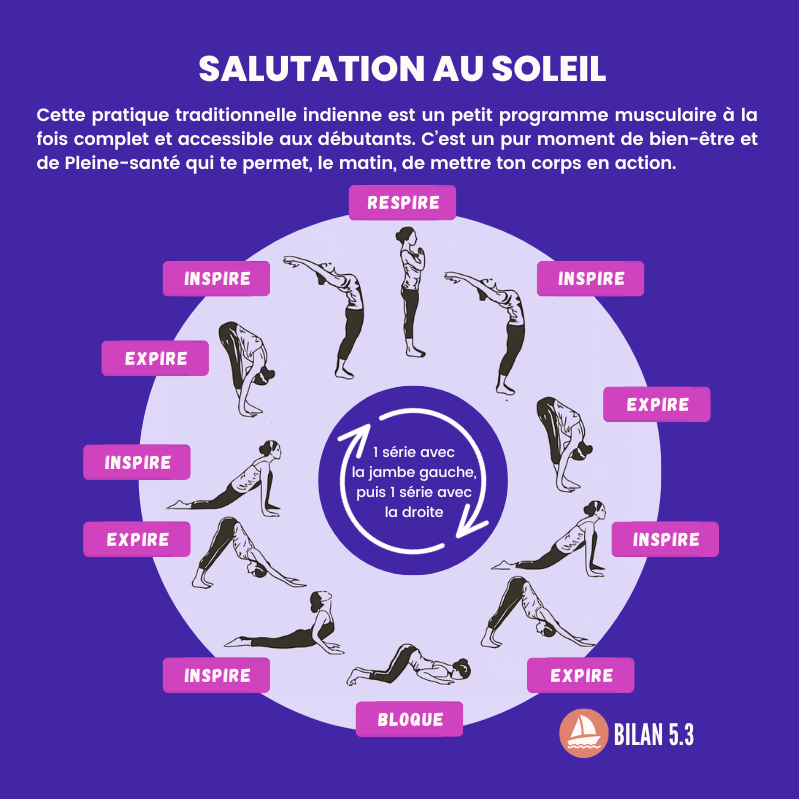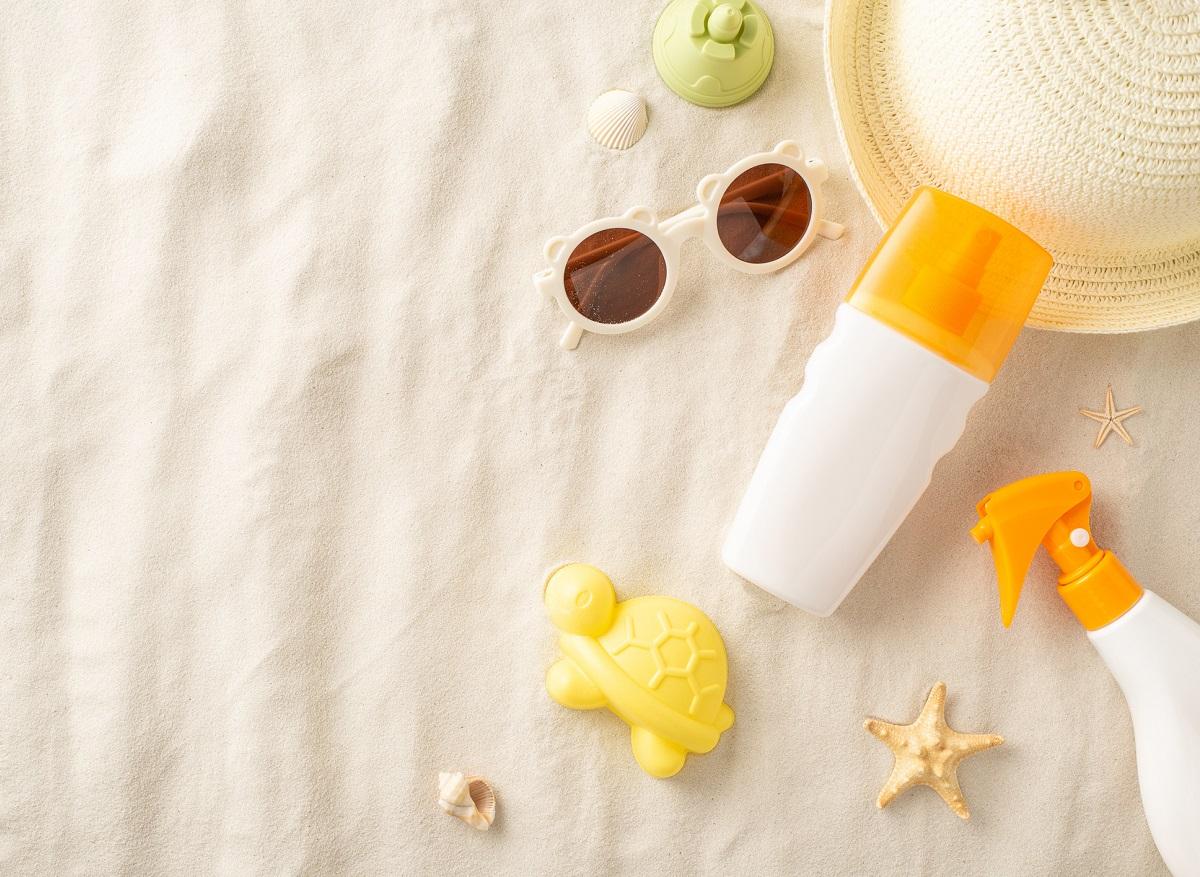
Can you burn behind a window?
As soon as the first spring sun shines, you are immediately happier. The sun has a positive effect on people. But what exactly do you know about the sun and its effect on your skin? Read the ten most frequently asked questions about the sun here.
1. What types of radiation are there?
Solar radiation on Earth consists of about 45 to 55 percent infrared, 40 to 50 percent visible light and about 5 percent ultraviolet radiation. There are three types of UV radiation: ultraviolet A (UV-A), ultraviolet B (UV-B) and ultraviolet C (UV-C). 20 to 30 percent of UVA penetrates into the dermis. Only 20 percent of UVB rays reach the deeper parts of the epidermis and 10 percent penetrate into the dermis. UV-C is completely absorbed by the ozone layer and does not reach us.
2. Can UV radiation pass through glass?
UV-B radiation is filtered through glass, UV-A is not. About 50 percent of UVA radiation passes through glass. UVA does not burn you directly, but your skin can age. So you don’t get a warning. You can even get a little brown without noticing. That is why it is wise to protect yourself with a day cream with SPF or an anti-sunscreen product at times when you are exposed to direct sunlight behind glass.
3. How can you properly prepare your skin for the sun?
- Exfoliate your skin regularly; the blood circulation is thus well started and dead skin cells are removed. Do not scrub the skin on the day of tanning as you can burn faster.
- Always apply an anti-sunscreen product about 30 minutes before going out into the sun and reapply every two hours.
- Get your skin used to the sun slowly.
- Drink plenty of water while sunbathing to prevent your skin and the rest of your body from drying out.
- Lubricate your skin after every shower or after sunbathing with a moisturizing or nourishing body lotion or aftersun.
4. What should I do if my skin is burned?
Make sure you stay out of the sun for the time being, so that the skin can recover. You can recognize sunburned skin by redness, warmth, swelling and pain. Usually there is only redness. More severe skin damage may also cause swelling and blisters.
5. Can I go out in the sun with pigmentation spots?
Pigment is also called melanin and gives color to your hair, the iris of your eyes and your skin. The production of pigment is stimulated by sunlight, your skin becomes brown and (partly) protected against UV rays. Too much exposure to UV rays increases the risk of skin cancer. In addition, your skin ages faster, pigment cells can become disrupted and produce too much pigment and not distribute it correctly over the skin. These accumulations of pigment are called pigment spots.
6. What should I do if I have sunstroke?
With mild heat stroke – usually only nausea, dizziness and headache – it may be enough to cool down in the shade and drink plenty of water. In young children and the elderly, it is wise to consult a doctor. Stay out of the sun after the symptoms have subsided! In the case of severe heat stroke, you basically do the same and in addition, you immediately consult a doctor.
7. Can I sunbathe while pregnant?
If you observe the usual sun tips, you can safely sunbathe when you are pregnant. There are a number of points to note:
- In pregnant women, the hormone balance is changed, which often leads to an increase in skin pigmentation. Irregular pigmentation spots on the face can occur in some women: a pregnancy mask (melasma). Sometimes those pigment spots remain for a very long time. In most women, the pregnancy mask completely disappears within one year after delivery.
- Sometimes pregnant women are less able to tolerate heat and sun. Listen to your own body and get out of the sun on time.
- If your belly is already a bit fatter, don’t expose it to the sun for too long. A fat belly burns faster. Put a towel over it or put on a T-shirt.
- The influence of UV radiation on the fetus is very small. From the seventh month, the fetus can see. It is not known how the fetus reacts to this, but you can avoid too bright light on your stomach by, for example, putting a towel over it or wearing a T-shirt while sunbathing.
8. Is greasing bad for the production of vitamin D?
Vitamin D is also known as the ‘sunshine vitamin’. Anti-sunscreen products with a protection factor of SPF 15 ensure that the production of vitamin D in the skin is almost completely inhibited. For a long time, it was therefore thought that a lack of vitamin D could arise from a lot of greasing. However, research shows that this is not correct. A person (including a child) with white skin produces a maximum amount of vitamin D within fifteen minutes a day, when the head and hands are exposed. Just playing outside, walking or cycling is enough. Longer in the sun is not necessary for your daily vitamin D production.
In dark-skinned people, the production of vitamin D in the skin due to the sun is much lower. They are more dependent on food and supplements for sufficient vitamin D. Do you suspect that you are deficient in vitamin D? Then go to your doctor for specific advice.
9. How do I prevent skin aging?
Skin aging is a natural process and cannot be stopped completely. However, the aging process can be slowed down by being careful about sunbathing. Stay out of the sun as much as possible and use skin care with a protective factor (SPF) or an anti-sunscreen product. Eat a healthy diet, avoid stress, be frugal with alcohol and don’t smoke.
10. What about the natural protection of the skin?
Under the influence of UV radiation, our skin produces pigment (melanin) that causes our skin to thicken and we tan. This is a protective response of our skin against UV rays. It only offers limited protection against the dangers of the sun.
How long someone can sit in the sun without protection is not the same for everyone. The ‘self-protection time’ depends on your skin type, the degree to which your skin is used to the sun and the sun strength. The sun’s strength indicates how much UV radiation reaches the earth’s surface. The stronger the sun, the greater the chance of burning.
Also read: 10 most frequently asked questions about sunscreen products.
Sources):













